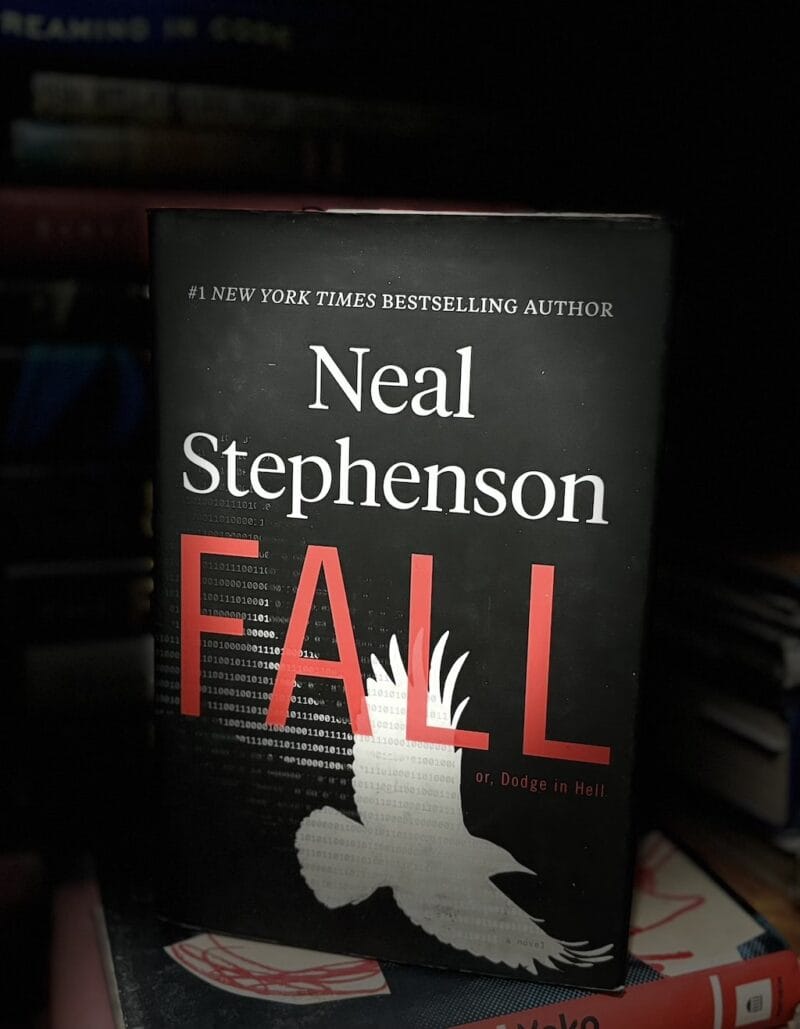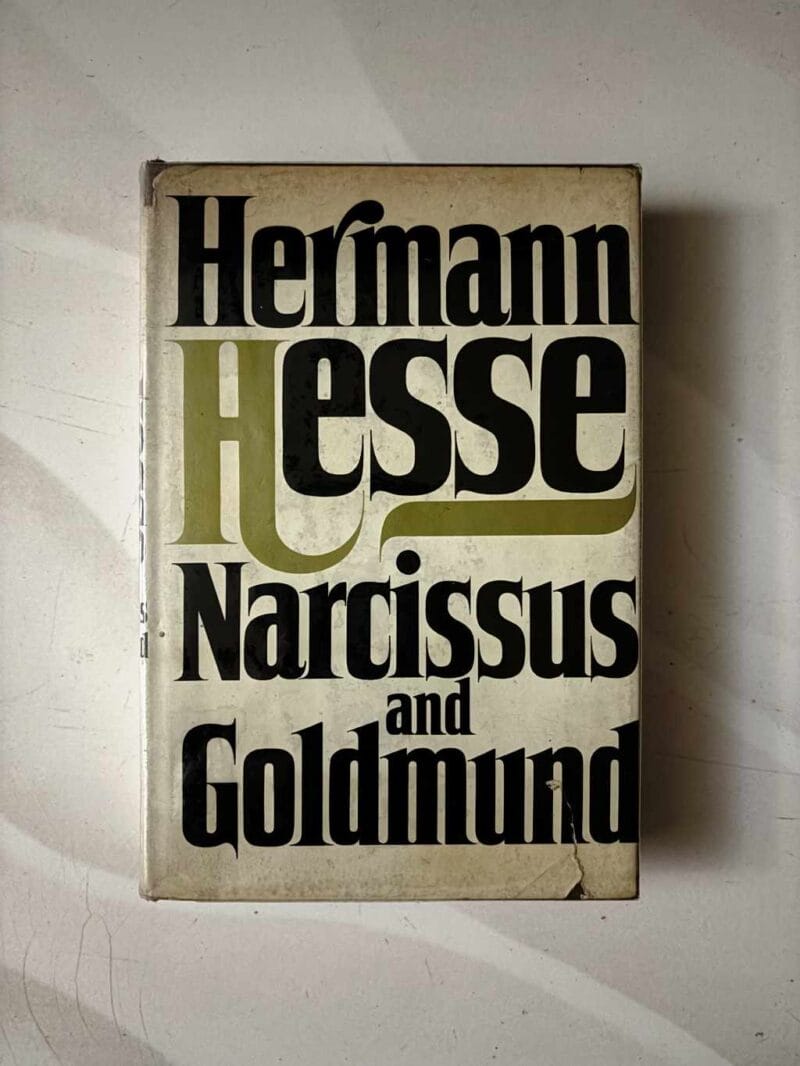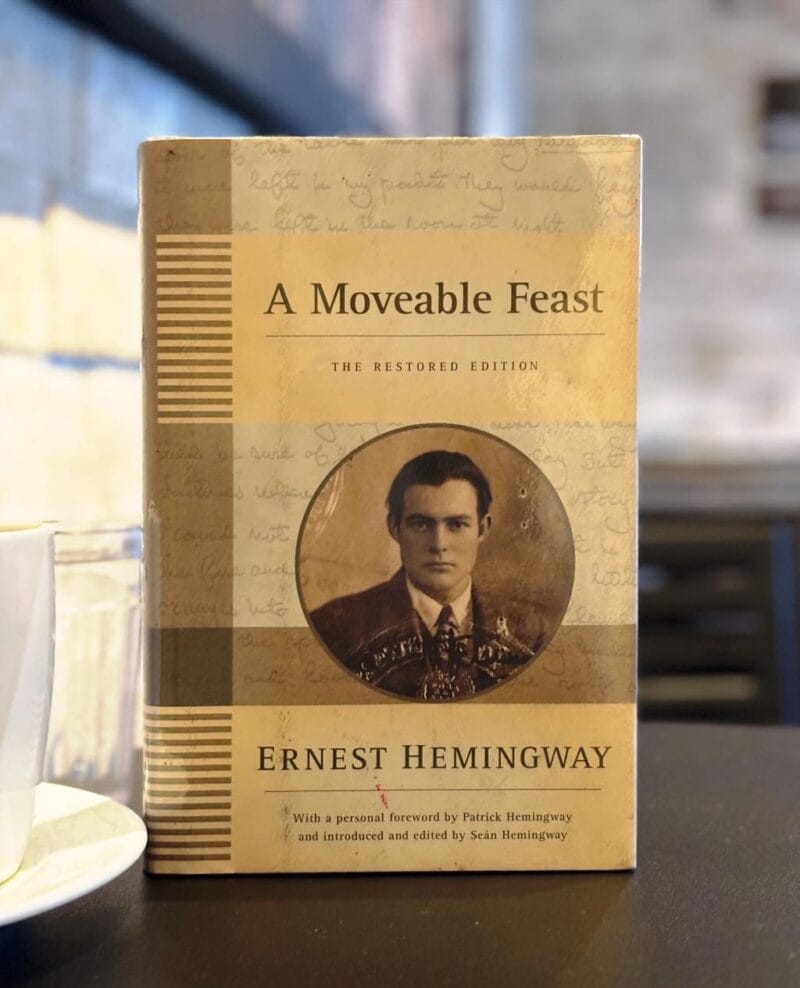Gone Girl (2012), a page-turner of a novel by Gillian Flynn, is a wickedly clever mystery/psychological thriller. The story unveils the complexities of marriage through the disappearance of Amy Dunne while providing the readers with unraveling clues alongside her husband, Nick.
This beautifully complex narrative, full of surprises and suspense, is sure to keep readers guessing until the end. Flynn’s signature style and piercing perception of human nature make for an unflinching look at trust and betrayal. Gone Girl completely entertains, providing the ultimate thrill ride.
Overview of Gone Girl

The book weaves an electrifying narrative that masterfully blends gripping suspense with a profound psychological insight. Set in the fictional town of Carthage, Missouri, the story unfolds with the mysterious disappearance of Amy Dunne, a woman whose beauty and intellect seem to epitomize the ideal partner. When Amy disappears on her fifth wedding anniversary, a media circus follows. Her husband, Nick, suddenly finds himself in the media spotlight, faced with increasing scrutiny and suspicion.
Gone Girl is perhaps most famous for its unique narrative structure. It alternates between Nick’s present-day point of view and Amy’s past diary entries, giving the reader a dual perspective on their twisted marriage. This ingenious technique continually puts the reader on edge.
The plot is rife with ambitious intricacies that expose the fragility of trust and perception, which makes it a cut above the rest in the crime thriller genre. The real mystery of Amy’s disappearance is later revealed in a masterful cascade of suspense, intrigue, and surprise.
Key Themes
A few major themes run throughout the book, one of which is the question of dynamics in human interaction and the roles individuals are often pressured to conform to. At the center of this crime thriller novel is deception, as both Nick and his wife, Amy, adopt façades that conceal their true selves, which shows how easily appearances can distort the truth.
The novel presents marriage as both strange and unsettling, exposing the tensions and pressures that can lead to its breakdown. It also examines the influence of media on public opinion and shows how skewed narratives can alter the way people interpret events.
The story examines gender roles and the expectations linked to them. It confronts psychopathic behavior and encourages readers to reevaluate concepts of identity and power. This rich thematic exploration enhances the brilliance of Flynn’s work which offers a dark, incisive modern portrayal of marriage, media, and manipulation.

Character Development
Character development in the book is a stunning tapestry sewn with complex threads of human nature and psychological turmoil. Each character’s journey, both literal and metaphorical, enriches the crime story, which in turn encourages the reader to look beyond the surface.
Central Characters
The characters in Gone Girl are beautifully drawn, with each one playing a crucial role in creating the story’s tension and drama. Nick Dunne, initially the charming yet hapless husband, reveals deeper layers as the narrative unfolds, including his struggles with loyalty and selfhood.
In contrast, Amy Dunne serves as a complex heroine—wise and devious, steeped in victimhood and treachery. Her diary entries document a woman increasingly desperate and claustrophobic in her married life. As the story progresses, her real identity as a manipulative genius comes to the forefront.
Nick’s loyal twin sister Margo adds complexity and gives the story a sense of balance. Detective Rhonda Boney leads the investigation in a way that strengthens the credibility of the plot. The characters’ actions and motivations connect tightly, and their decisions raise the novel’s intensity while keeping the tension sharp and unsettling.
Amy’s Motivations
Amy stands out as the quintessential anti-heroine in this crime thriller. Her motivations are complex and absorbing, shaped by a desperate need for control and validation, rooted in her childhood experiences. Growing up in the shadow of “Amazing Amy,” the fictional character crafted by her parents, Amy grapples with a crisis of identity.
Amy’s relentless pursuit of perfection is tied to her self-worth, which is shaped by external expectations. This human desire is evident in her meticulous attention to detail as she orchestrates a grand plan to ensnare her morally dubious husband, Nick. Her ability to manipulate those around her, combined with her intelligence and charisma, shows her cunning nature.
Moreover, Amy’s motivations serve as a powerful critique of traditional ideals, particularly those tied to marriage and gender roles. By examining identity and the struggle for self-determination, the story asks how far one might go to reclaim their authentic selves.
Nick’s Character Arc
Nick’s evolution as a character is remarkable, defined by an ever-accelerating reckoning with his own self-sabotage and weaknesses. Starting as a cynical, complacent, and self-absorbed guy, Nick’s character arc is one of awakening and gradually finding a sense of clarity and purpose. The sudden disappearance of his wife, Amy, only intensifies this transformation.
Now Nick must confront an outraged public and the fallout from his fractured marriage. This intense scrutiny compels him to reassess his choices and how they have affected those around him. His growth becomes most apparent in his deepening self-awareness, as he begins to take responsibility for his past mistakes, including his infidelity and emotional detachment.
As the story moves forward, Nick begins to see the full complexity of his relationship with Amy. He comes to understand how closely love and deception can be tied together. This newfound understanding comes at a steep price, however, as he struggles with the ethical weight of his actions. His journey poses profound questions about the nature of redemption at the cost of self-awareness.
Supporting Characters
The book’s supporting characters are equally important to successfully rounding out the story’s complexity and supporting its main themes. Margo Dunne, Nick’s twin sister, acts as a stabilizing force through all of this chaos. Not only is she a supportive mother, but she is also willing to reveal the truth about Nick’s character. Margo’s unwavering loyalty and refreshing candor serve as a moral compass, consistently reinforcing the importance of family loyalty.
Detective Rhonda Boney is a sharp and perceptive investigator with a grounded and pragmatic approach to her work. She balances a keen sense of humor with a dogged commitment to uncovering the truth. Unlike her partner Detective Gilpin, who is quicker to accept surface-level explanations, Boney remains skeptical and is unafraid to question inconsistencies in Nick and Amy’s stories.
Lastly, the outspoken media figures and the uneasy suburban white neighbors play crucial roles in the story. They reflect the social pressures and biases that contribute to its charged atmosphere. Their involvement increases the drama and complexity of the plot and brings in tension and uncertainty that intensify the suspense throughout this tightly constructed thriller.
Author’s Writing Style
Flynn’s prose in Gone Girl is both masterful and deeply unsettling. She uses precise language to unsettle assumptions and question surface-level perceptions. At first, the writing appears dense and challenging, filled with layers that require careful attention. But as the narrative develops, a deliberate rhythm emerges that draws the reader deeper into its psychological twists. Flynn’s ability to shift seamlessly between dark humor, sharp critique, and gripping tension is remarkable.
Far from being a mere exercise in storytelling, her prose becomes a vehicle for examining the contradictions of human behavior. With biting wit and an unrelenting gaze, Flynn dissects the façades people construct, both for others and themselves. This interplay of elegance and raw intensity creates a literary experience that lingers long after the final page.
Narrative Techniques
Flynn’s narrative techniques lift Gone Girl above the level of a typical thriller and shape a story that is both intense and intellectually sharp. The alternating perspectives between Nick and Amy—Nick’s present-day account and Amy’s past diary entries—offer a multifaceted view of their relationship. This duality not only builds intrigue but also challenges the reader’s perception of truth, as each perspective calls the other into question.
The pacing is deliberate, with carefully placed twists that sustain tension while rewarding close attention. Flynn uses misdirection with precision, which makes the story feel unstable in the best way. Each chapter introduces new layers, making the progression of the story both compelling and impossible to predict.
Use of Unreliable Narrators
The novel’s brilliance is heightened by its reliance on unreliable narrators. Both Nick and Amy present accounts laced with bias, omissions, and outright fabrications, forcing readers to constantly reassess their understanding of events. This approach not only heightens the tension but also reinforces the novel’s themes of deception and perception. Flynn compels the reader to sift through conflicting accounts to find what feels true, which creates an experience that is both absorbing and deeply disquieting.
Impact on Suspense and Tension
Flynn’s narrative style generates a tension that is palpable from the very first page. The measured pacing and expertly timed revelations create an atmosphere of unease that builds with each chapter. Even as the story’s momentum varies, the suspense remains sharp, driven by the escalating stakes and emotional intensity. Every twist feels justified and pulls the reader further into the complexity of the plot.
Reception and Impact
When Gone Girl was released in 2012, it was recognized as a defining work in the thriller genre and raised the bar for psychological suspense. The novel’s complex structure, pointed social critique, and memorable characters earned broad praise and firmly established Flynn as a master of the form.
Analysis of Critical Reviews
Critics praised Flynn for creating a story that challenges the mind as much as it holds attention. The novel’s portrayal of marriage, identity, and media spectacle resonated deeply with readers. Some considered the plot twists bold or excessive, but many saw them as essential to the book’s impact and how they redefined what a psychological thriller could achieve.
Through Amy’s journal entries and Nick’s introspection, Flynn examines the darker facets of relationships and exposes the fragility of trust and the dynamics of control. The shifting perspectives and unreliable narrators were widely lauded for their ingenuity, with many noting how they kept readers questioning their assumptions at every turn.
Summary of Editorial Opinions
Editors and reviewers consistently highlighted Flynn’s skill in blending humor, tension, and sharp observation. Her ability to subvert traditional narrative structures and explore themes of deception, betrayal, and identity earned her comparisons to the most accomplished writers in the thriller genre. The novel’s critique of media manipulation and personal facades further solidified its status as a contemporary classic.
Film Adaptation
The film adaptation of Gone Girl (2014), directed by David Fincher, stands as a remarkable companion to Flynn’s novel. Adapted for the screen by Flynn herself, the film retains much of the book’s narrative structure and biting tone, making it one of the most faithful literary adaptations in recent years. Fincher’s signature visual style enhances the story’s ominous and suspenseful atmosphere, using muted color palettes and meticulous framing to mirror the psychological tension at the heart of the plot.
The film adaptation preserves the core of the novel but adds its own stylistic signature. It places greater emphasis on media spectacle and the shaping of public opinion—elements that exist in the book but become more prominent on screen. These choices highlight the story’s themes of image and control. Rosamund Pike’s portrayal of Amy Dunne brings an icy brilliance to the character, while Ben Affleck’s performance as Nick reflects his moral ambiguity with subtlety and depth.
Together, the book and film offer complementary experiences. The novel provides a more detailed exploration of the characters’ inner worlds, while the film delivers a visual and visceral immediacy that heightens the story’s impact. Both stand as distinct works of art, each enriching the other in its portrayal of a marriage unraveling under the weight of deceit and control.
Selected Passage with Analysis
I dreamed of Amy: She was crawling across our kitchen floor, hands and knees, trying to make it to the back door, but she was blind from the blood, and she was moving so slowly, too slowly. Her pretty head was strangely misshapen, dented in on the right side. Blood was dripping from one long hank of hair, and she was moaning my name.
Page 160, Gone Girl by Gillian Flynn
This passage uses vivid and unsettling imagery to create a tone filled with dread. The grotesque vision of Amy crawling stands in stark contrast to the idealized image often associated with her. Her beauty is stripped away and replaced with something raw and disturbing. Her slow movement and the blood trailing behind her raise the tension and cast the moment in deep psychological distress.
From Nick’s point of view, the dream exposes buried guilt, fear, or a suppressed resentment toward Amy. The disturbing quality of the vision reveals his divided sense of who she is — both a person he feels responsible for and a figure he cannot fully trust. The sound of her voice calling his name points to emotional entanglements he cannot escape and suggests a lingering sense of blame or emotional debt. Their relationship becomes a battleground of unspoken conflict.
Symbolically, the passage deals with power, control, and the erosion of identity. Amy’s struggle in the dream mirrors her reassertion of control in the larger story, where appearance becomes a form of dominance. This moment also reinforces the novel’s central concerns: betrayal, manipulation, and the collapse of trust. It sharpens the portrait of Nick and Amy’s relationship and hints at the deeper fractures that the story eventually lays bare.
Further Reading
Is Gone Girl Feminist or Misogynist? [spoilers] by Eliana Dockterman, Time
The Gone Girl phenomenon: Gillian Flynn speaks out by Emma Brockes, The Guardian
Yes, Gone Girl Has a Woman Problem [spoilers] by Amanda Dobbins, Vulture
What “Gone Girl” is Really About [film review][spoilers] by Joshua Rothman, The New Yorker




